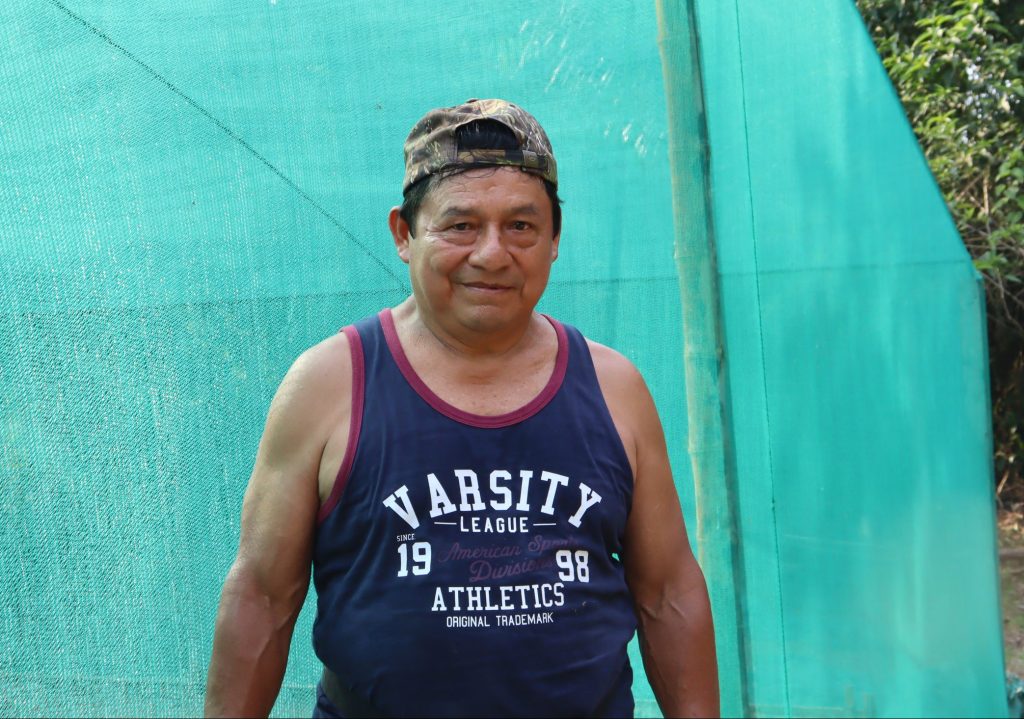Native crops, sustainable crops
Have you ever heard of the pijuayo? In Amazonas, Peru, this plant is about to become more abundant than ever to help 134 families in Awajún communities improve their nutrition and agricultural practices.
The pijuayo is a native palm tree from the Amazon rainforests, which as Isabel Aranda, a consultant from Cool Earth’s team explains, is ideal for implementing more sustainable agricultural practices that directly benefit the participants. “In addition to being a local plant, almost all parts of it are useful, and because it is a native tree, the soil in the communities where it will be planted is optimal for it to grow and reproduce easily.” This way, soil erosion and further tree-cutting to open up new agricultural spaces are avoided.
Why do these characteristics matter?
The rapid increase in poverty in Peru means that over 16 million people are experiencing food insecurity or are not able to access enough food to live a healthy life. These conditions contribute to problems such as anaemia and malnutrition, which predominantly affect children.
Although there are 1.8 million subsistence farmers in the country, many can only produce enough food to feed themselves and their families, but not enough to make money for other necessities such as medicine, school bills and clothes.


Federico, Awajún community member
How does planting pijuayo help?
People’s lifestyles are closely linked to the rainforest in native communities like the Awajún. However, due to the overexploitation of natural resources, these people can no longer get enough food from their environment. As a result, they have had to change their traditions and learn about agriculture and fish farming.
Federico is a community member from the Awajún community of Urakuza, where he has allocated a part of his land for a nursery garden that will be used to cultivate pijuayo seedlings. These young trees will be subsequently delivered to local families so that they can grow them in their fields and also enjoy their benefits.
“I am a native member of this community. I work on my plot of land, where I already have pijuayo plants. In three or four years, the pijuayo bears fruit and provides us with its ‘chonta’ (the softer part of its stem), and suri (a small worm)…,” he tells us.


Federico working with Isabel
The fruit of the pijuayo grows in large clusters and is rich in essential oils, vitamins A and E. The softer part of its stem, known as “chonta,” has low-fat content and high fibre. This combination of vitamins and high nutritional value makes the pijuayo a valuable crop. There is also a type of grub that lives in the pijuayo plant called a “suri”. This insect packs a high protein content and is one of the few sources of protein readily available, and therefore very important.
“I decided to support this project because I believe that after that, we can also try other types of plants. There are many things we can grow… Right now, more than ever, we have to take care because it’s not like before. There is hardly any forest left. We need to plant. I have planted Tornillo here, which is a species used to make wooden furniture, and now there is hardly any left… I believe that forest conservation is important.”
To build a more resilient future for everyone, we need to empower the voices of indigenous people and their local communities. Know how we have been making it possible in our Impact report
